Enter your email address:
Delivered by FeedBurner.


Year 2020 face_with_colon_three
A trio of theoretical physicists at the Pennsylvania State University has calculated the upper limit for the possible quantization of time—they suggest 10−33 seconds as the upper limit for the period of a universal oscillator. In their paper published in the journal Physical Review Letters, Garrett Wendel, Luis Martínez and Martin Bojowald outline their theory and suggest a possible way to prove it.
For many years, theoretical physicists have been trying to explain a major problem—the general theory of relativity suggests that time is a continuous quantity, one that can move slower or faster depending on acceleration and gravity conditions. But quantum mechanics theories suggest that time ticks away at a steady pace, like the frames of a movie being played out. In this scenario, time must be universal. For both theories to be right, this contradiction must be explained in a rational way.
Some theorists have suggested that one possible explanation for the apparent discrepancy is that time can be quantized as spacetime, similar to theories describing quantum gravity. In such a scenario, spacetime is not described as continuous, but is instead divided into smaller units, which would by necessity have to correspond to the Planck length. This is, of course, far too small to be detectable. The theory would also require that such discrete packets of time would each expire. This scenario suggests there would need to be a universal clock that ticks away at a very small unit of time. And under this scenario, universal time would exist throughout the universe and also interact with matter. It also raises the question of how fast would such a clock tick.

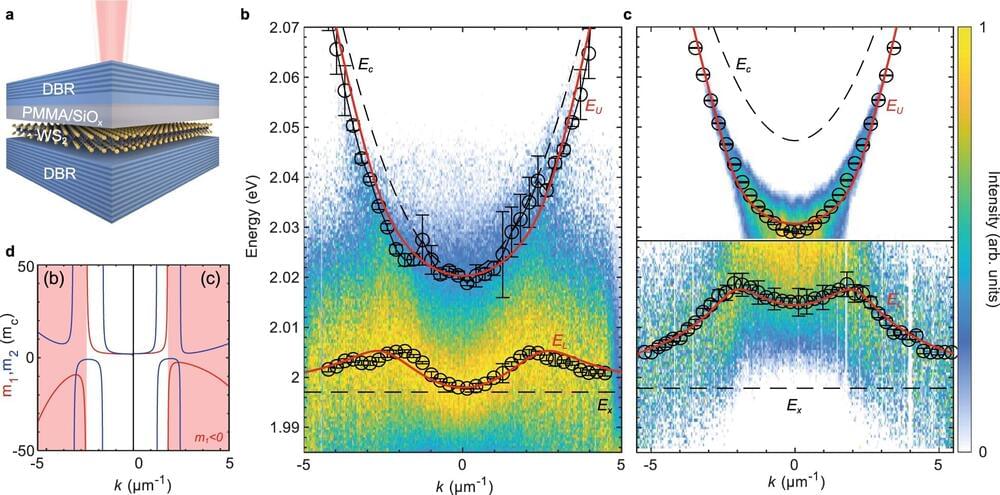
A surprise observation of negative mass in exciton–polaritons has added yet another dimension of weirdness to these strange light-matter hybrid particles.
Dr. Matthias Wurdack, Dr. Tinghe Yun and Dr. Eliezer Estrecho from the Department of Quantum Sciences and Technology (QST) were experimenting with exciton polaritons when they realized that under certain conditions the dispersion became inverted—equating to a negative mass.
To add to the surprise, the unexpected cause has turned out to be losses.
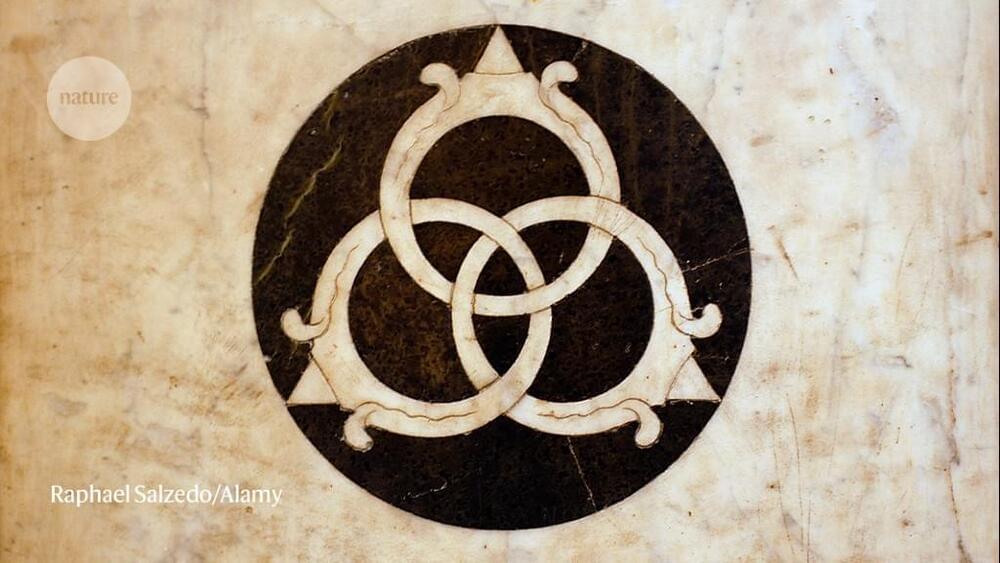
The exotic particles are called non-Abelian anyons, or nonabelions for short, and their Borromean rings exist only as information inside the quantum computer. But their linking properties could help to make quantum computers less error-prone, or more ‘fault-tolerant’ — a key step to making them outperform even the best conventional computers. The results, revealed in a preprint on 9 May1, were obtained on a machine at Quantinuum, a quantum-computing company in Broomfield, Colorado, that formed as the result of a merger between the quantum computing unit of Honeywell and a start-up firm based in Cambridge, UK.
“This is the credible path to fault-tolerant quantum computing,” says Tony Uttley, Quantinuum’s president and chief operating officer.
Other researchers are less optimistic about the virtual nonabelions’ potential to revolutionize quantum computing, but creating them is seen as an achievement in itself. “There is enormous mathematical beauty in this type of physical system, and it’s incredible to see them realized for the first time, after a long time,” says Steven Simon, a theoretical physicist at the University of Oxford, UK.
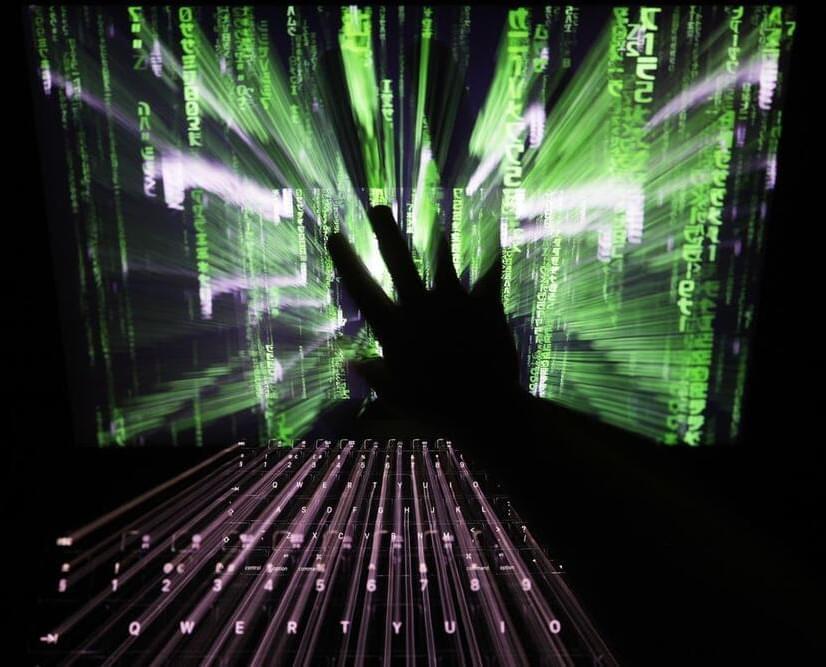
Scientists at a UK-based tech company believe they are now a step closer to building a quantum computer that can solve real-world problems, after making progress towards creating a system that protects against errors.
Experts at Quantinuum said they have made a “breakthrough” towards making quantum computing fault tolerant, which would give the system the ability to continue operating without interruption, even if one or more of its components fail.
The race to build a fully functional quantum computer has mostly focused on correcting errors that affect the system, but Ilyas Khan, the company’s founder and chief product officer, said no-one has shown “an actual demonstration of a step towards qubits, the quantum equivalent of what we refer to as a ‘bit’ in existing computers, that are naturally fault tolerant”.
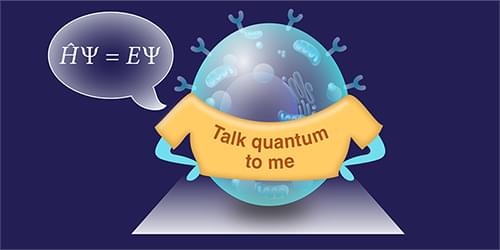
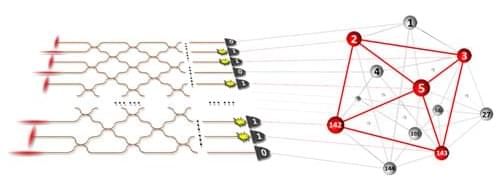
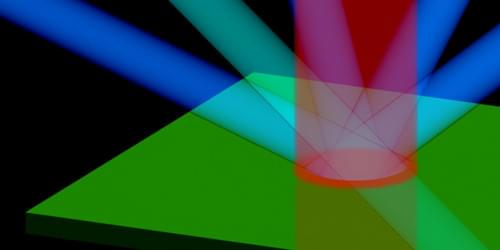
Experiments probing quasiparticles in semiconductor microcavities offer unprecedented insights into the dynamics of quantum fluids of light.
Superfluidity [1, 2], the ability of a fluid to flow without friction, isn’t restricted to systems described by hydrodynamics. Over a decade ago, optics researchers started to take an interest in superfluids and other quantum fluids [3], driven by the realization that light propagating in a nonlinear medium can exhibit quantum hydrodynamics features [4]. Two platforms emerged for the study of these “fluids of light”: semiconductor microcavities in which photons are confined [5] and propagating geometries in which photons travel in a bulk medium [6–8]. Both configurations allow photons to acquire an effective mass and experience an effective mutual interaction—properties that can lead them to collectively behave as a quantum fluid.
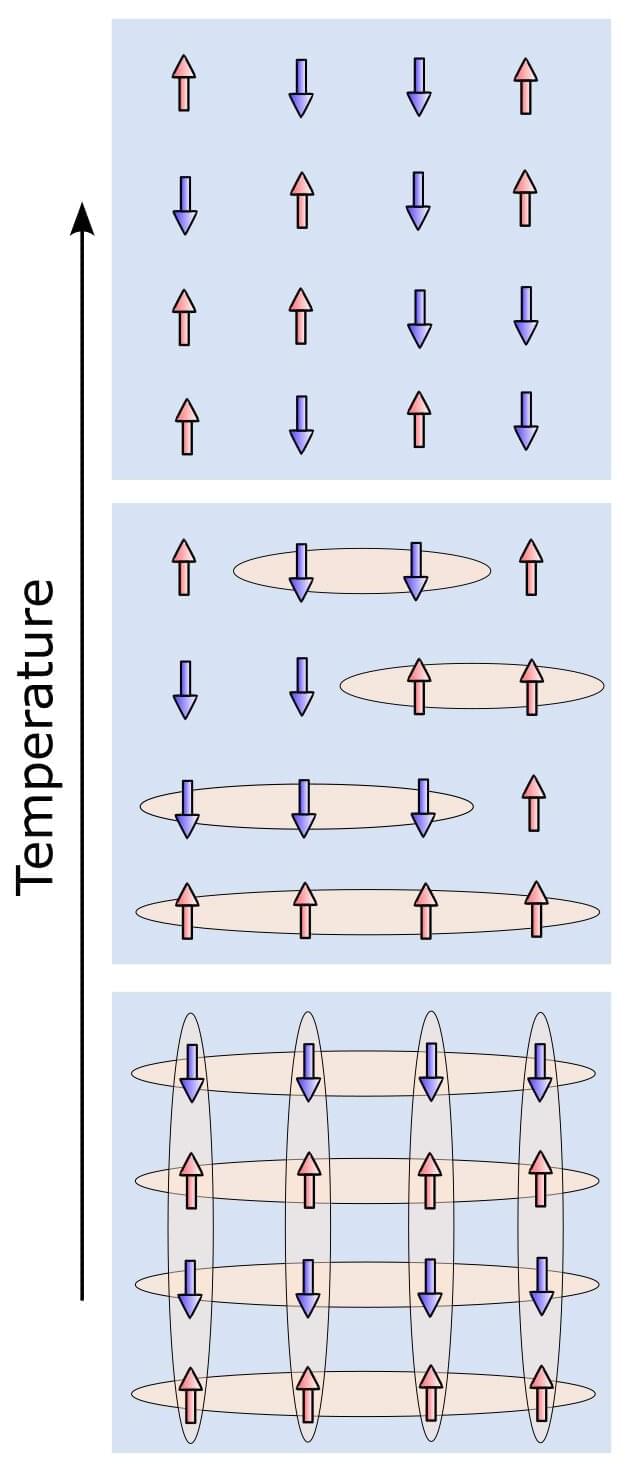
Physicists have discovered “stacked pancakes of liquid magnetism” that may account for the strange electronic behavior of some layered helical magnets.
The materials in the study are magnetic at cold temperatures and become nonmagnetic as they thaw. Experimental physicist Makariy Tanatar of Ames National Laboratory at Iowa State University noticed perplexing electronic behavior in layered helimagnetic crystals and brought the mystery to the attention of Rice theoretical physicist Andriy Nevidomskyy, who worked with Tanatar and former Rice graduate student Matthew Butcher to create a computational model that simulated the quantum states of atoms and electrons in the layered materials.
Magnetic materials undergo a “thawing” transition as they warm up and become nonmagnetic. The researchers ran thousands of Monte Carlo computer simulations of this transition in helimagnets and observed how the magnetic dipoles of atoms inside the material arranged themselves during the thaw. Their results were published in a recent study in Physical Review Letters.